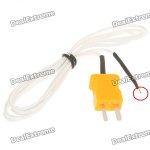- Joined
- Jul 21, 2011
- Messages
- 1,025
- Points
- 0
I think you'd destroy the photocell way too quickly.
They don't make high temp photocells or anything?
What if you ran it through a filter like safety glasses... do they work linearly? or is there some weird physics behind it?






